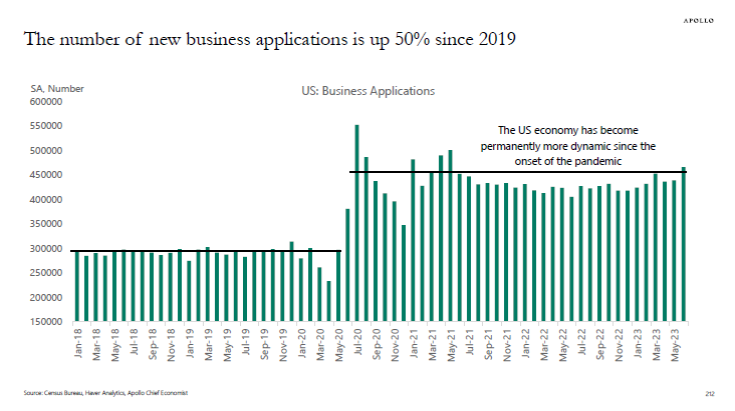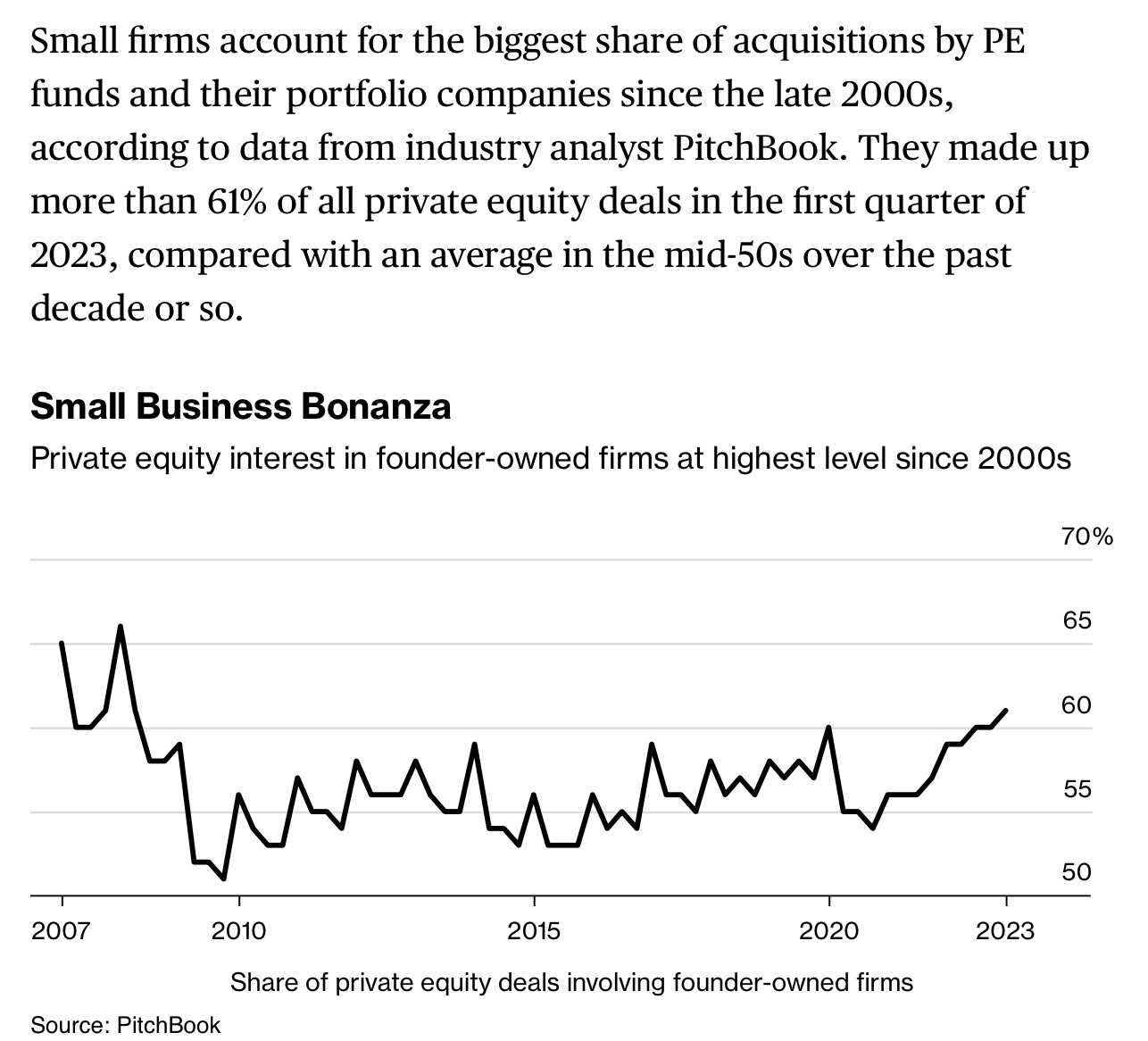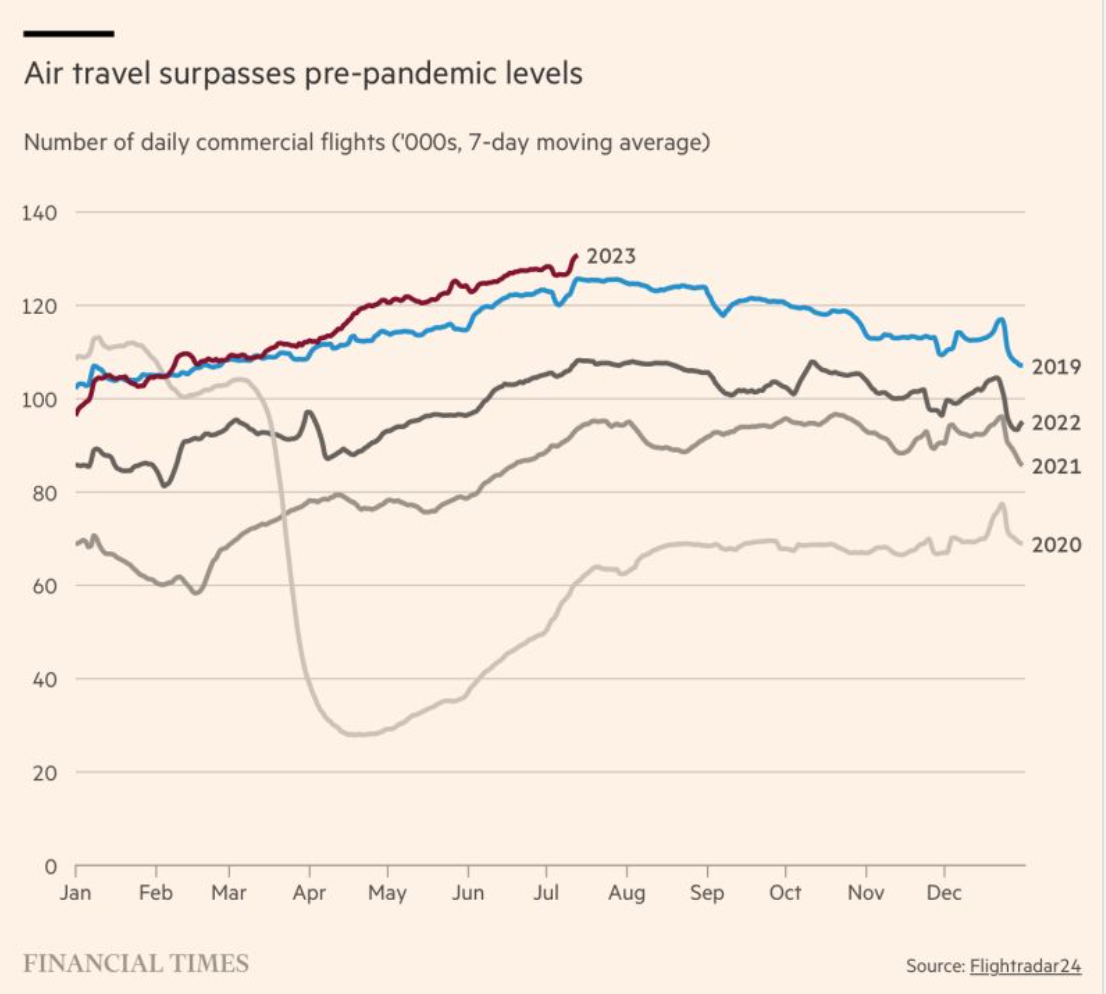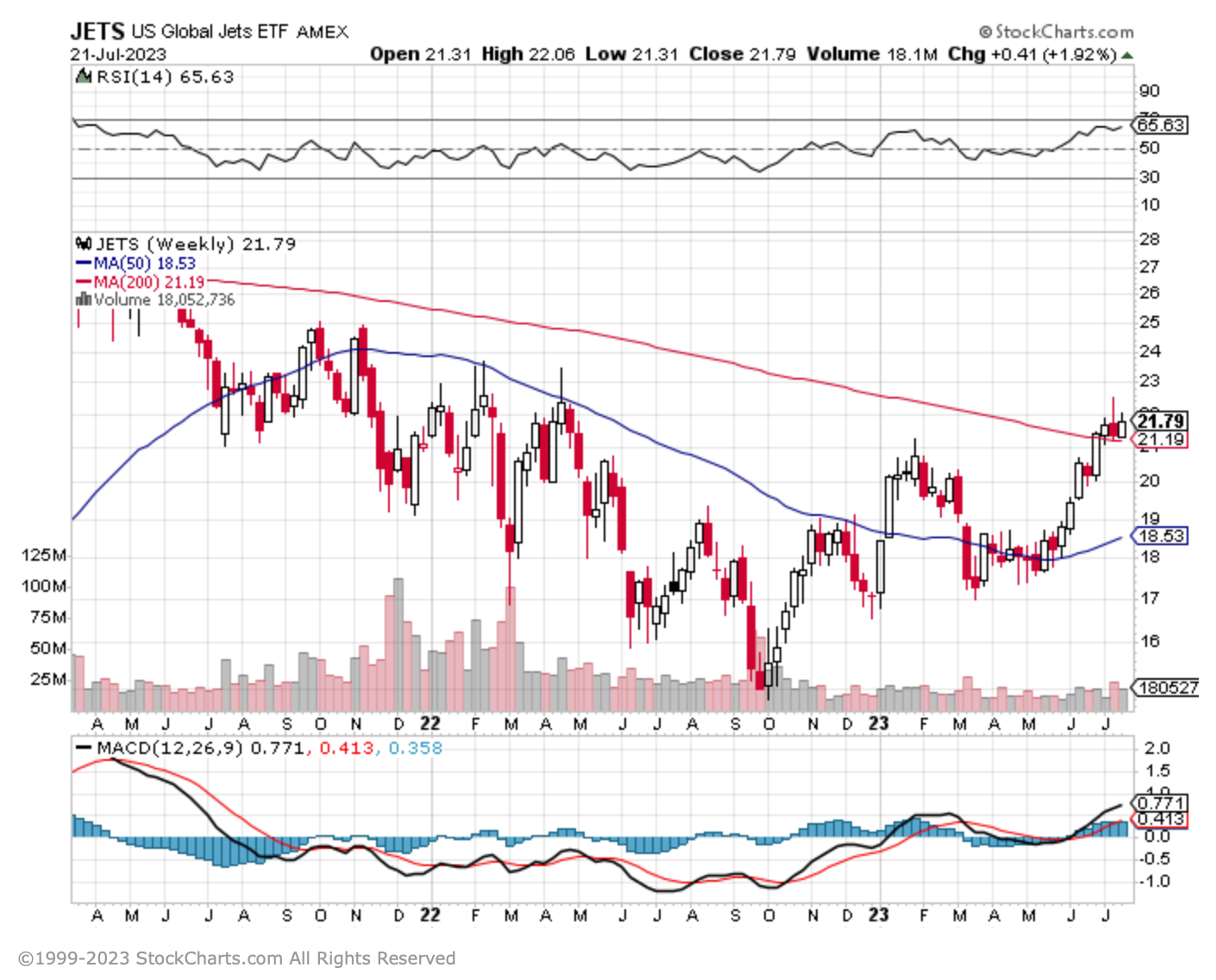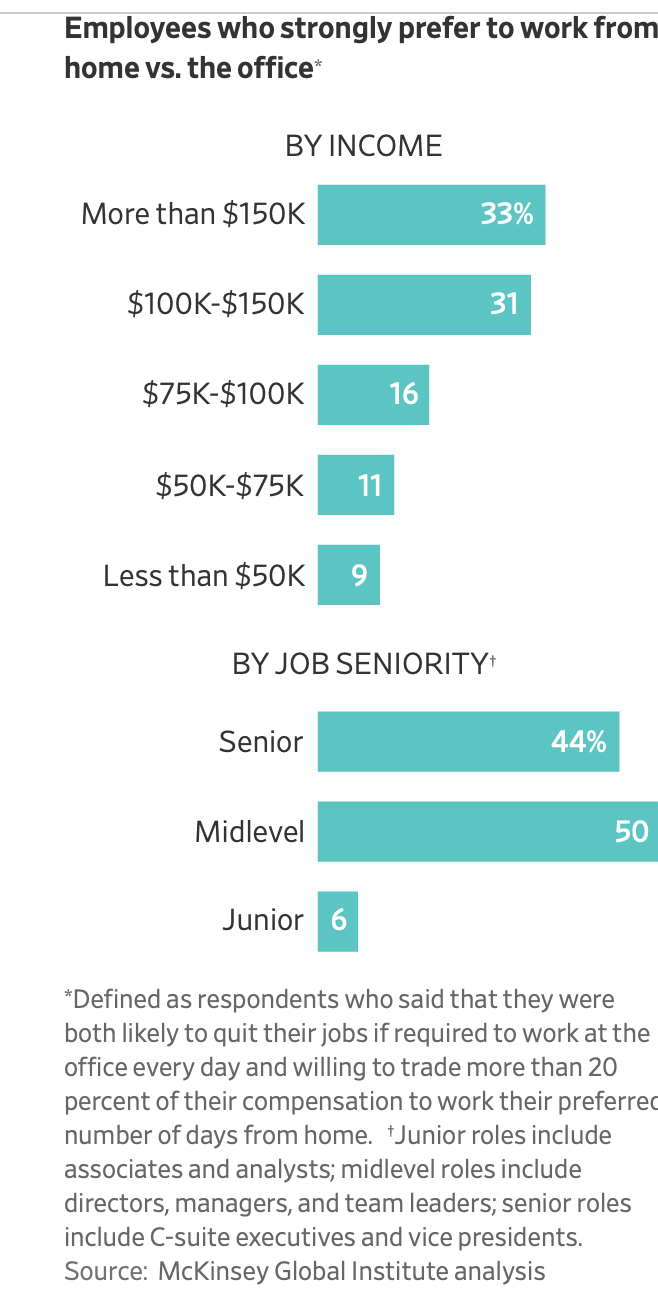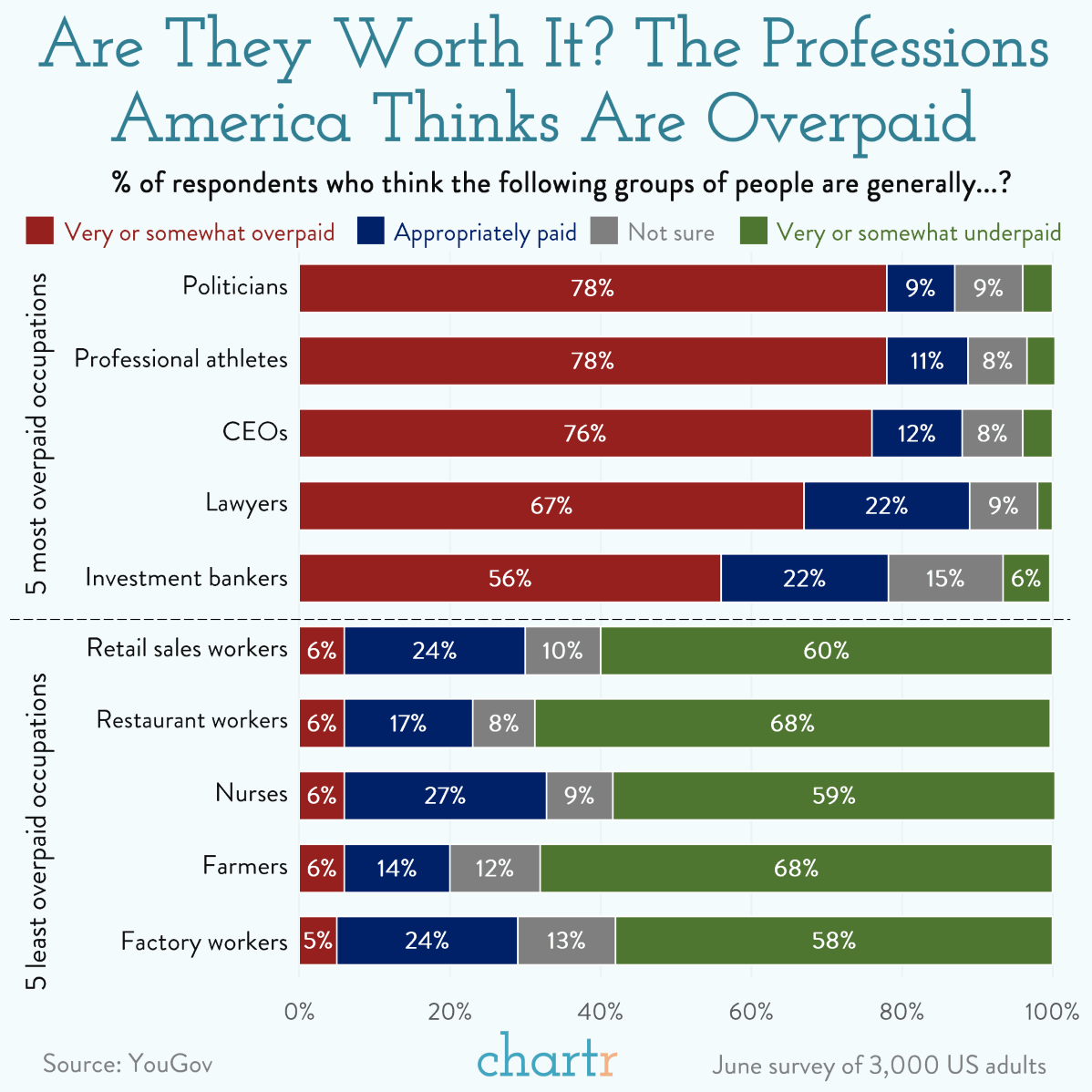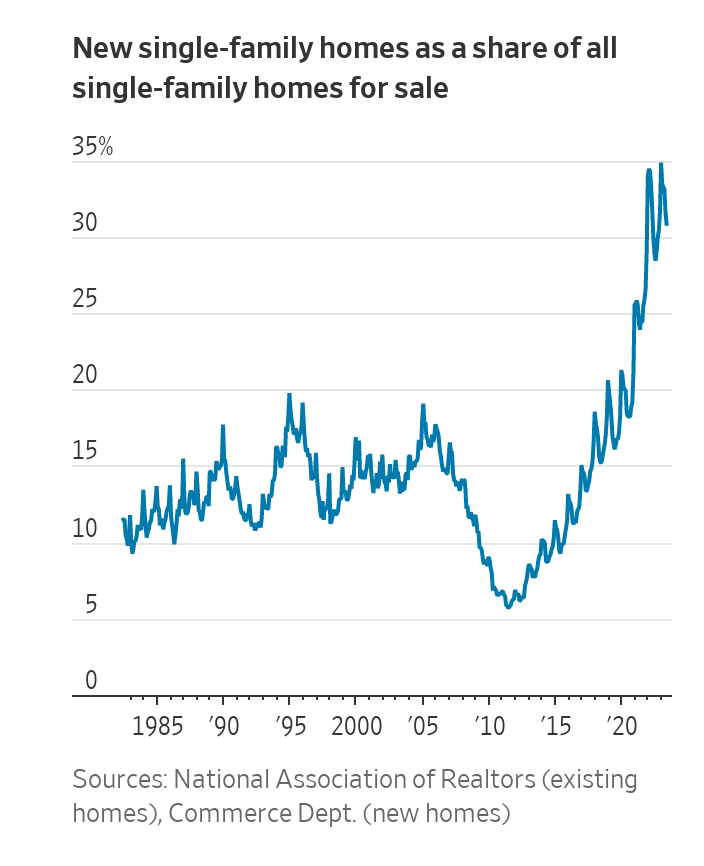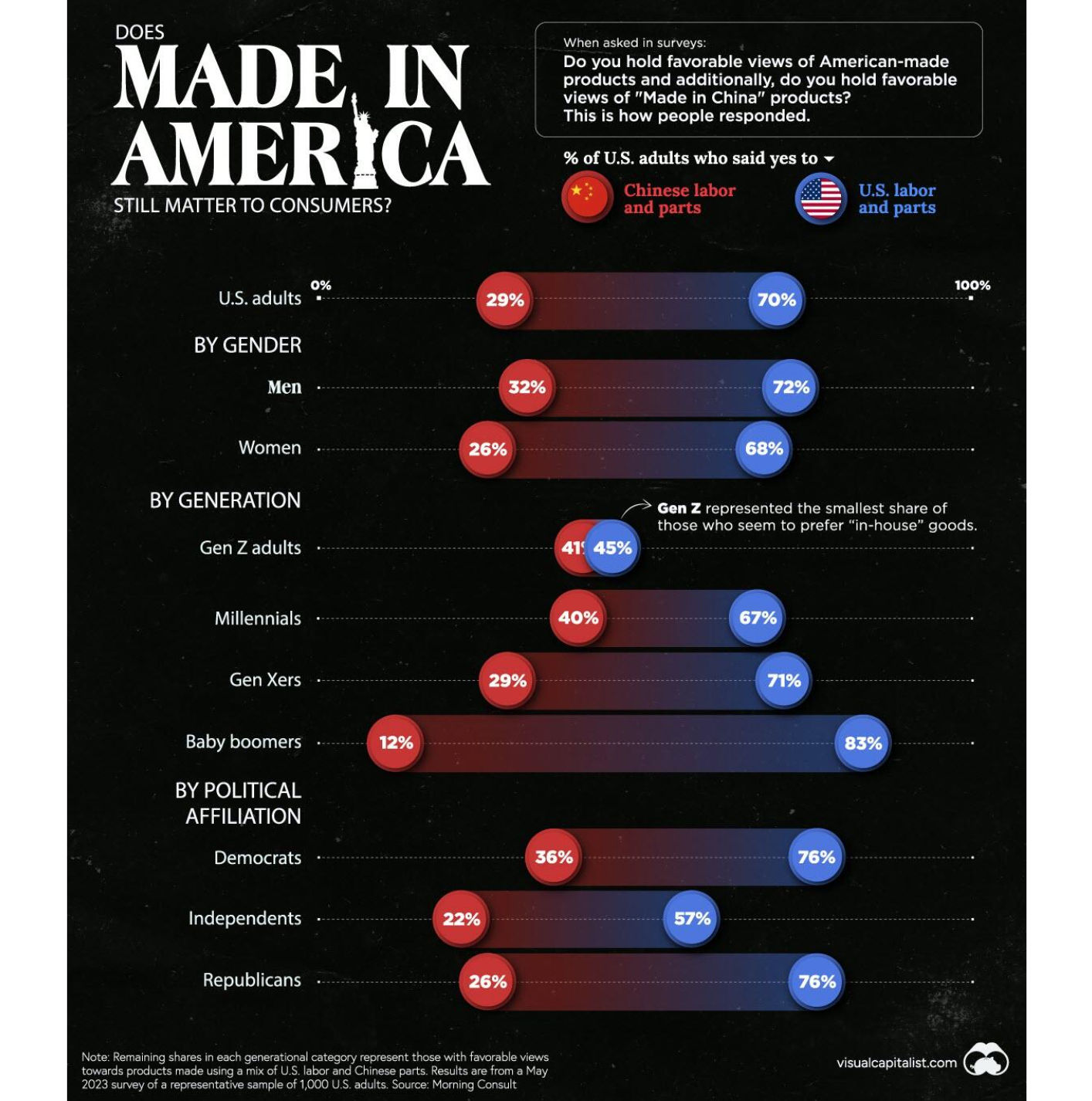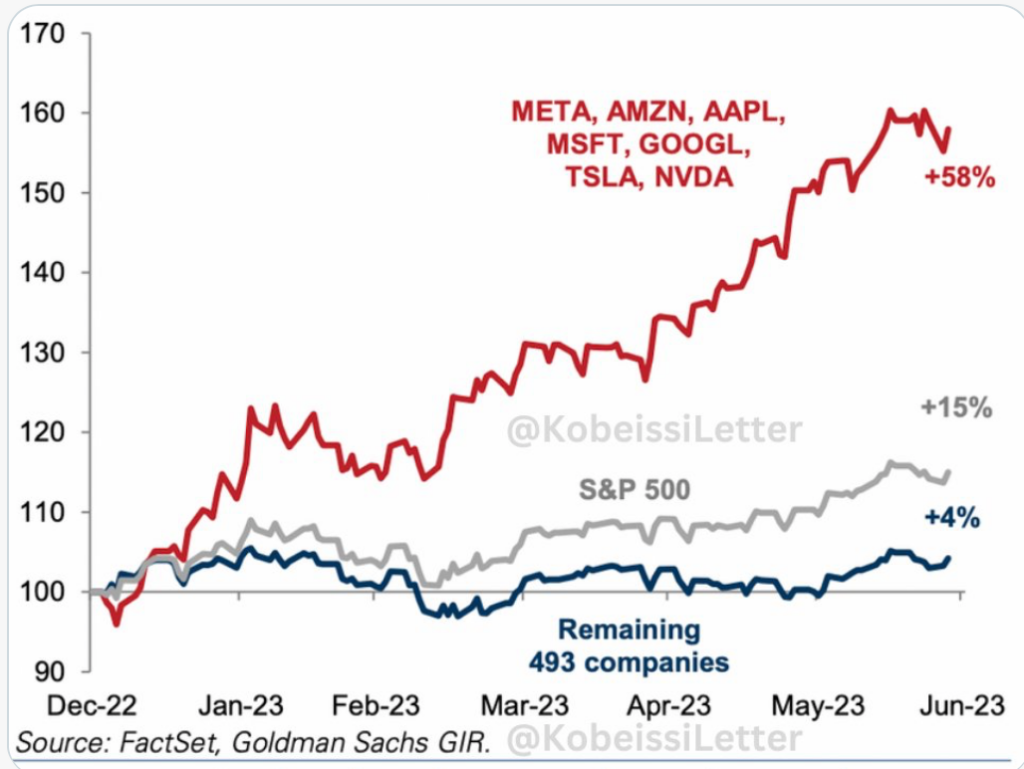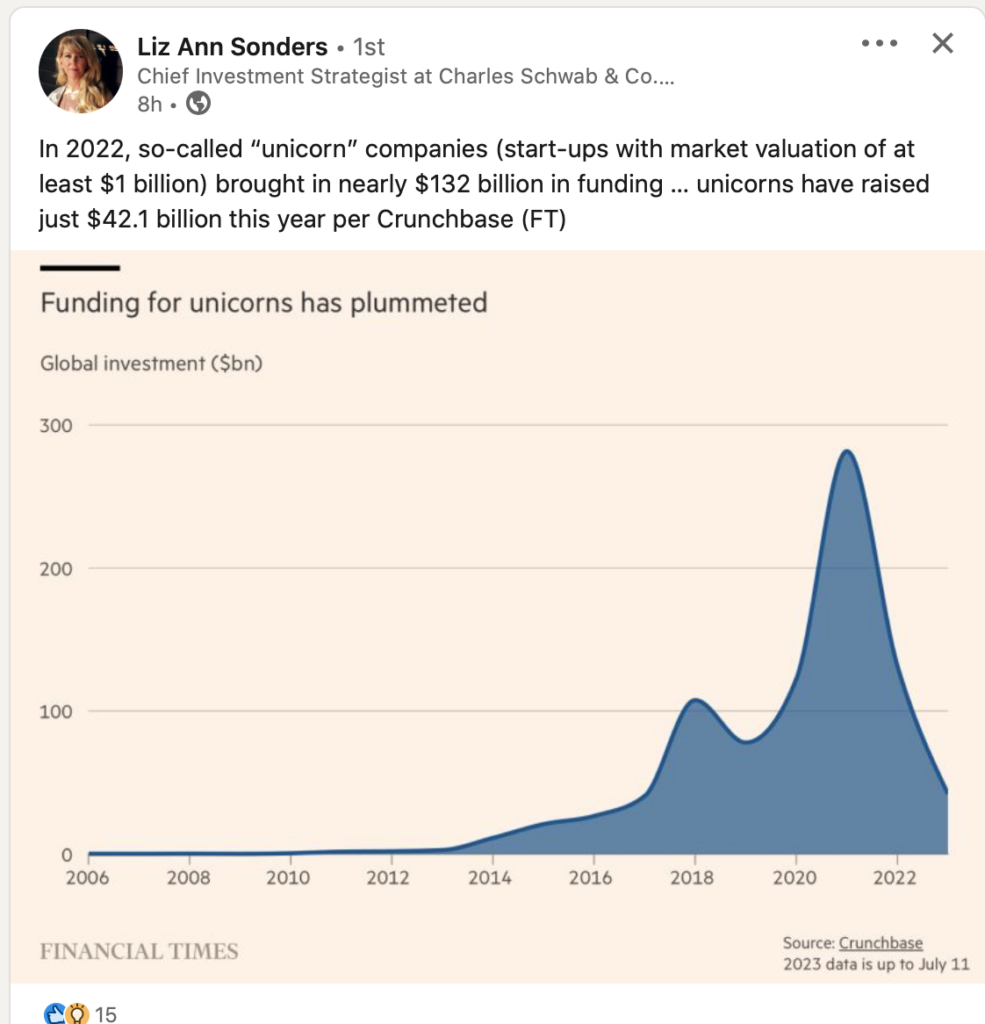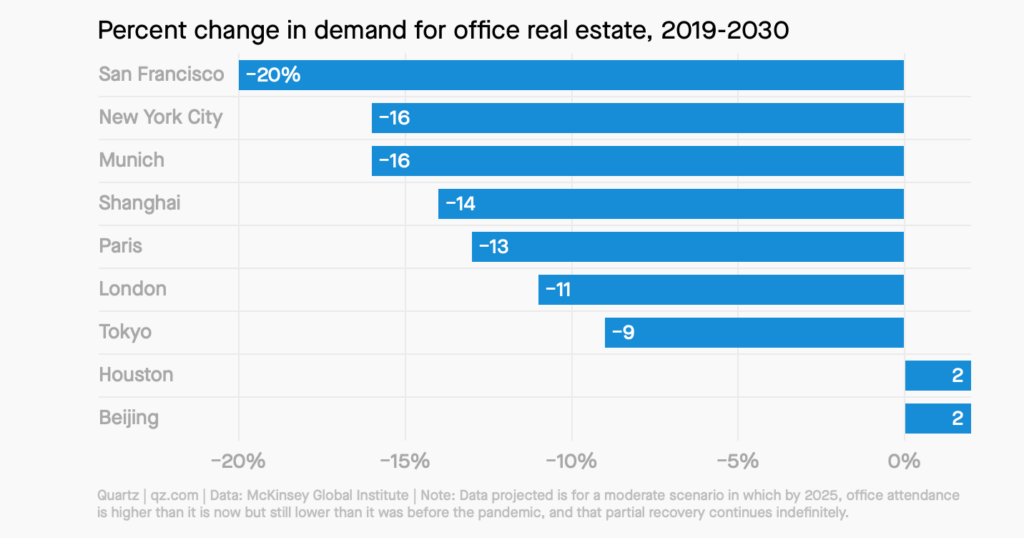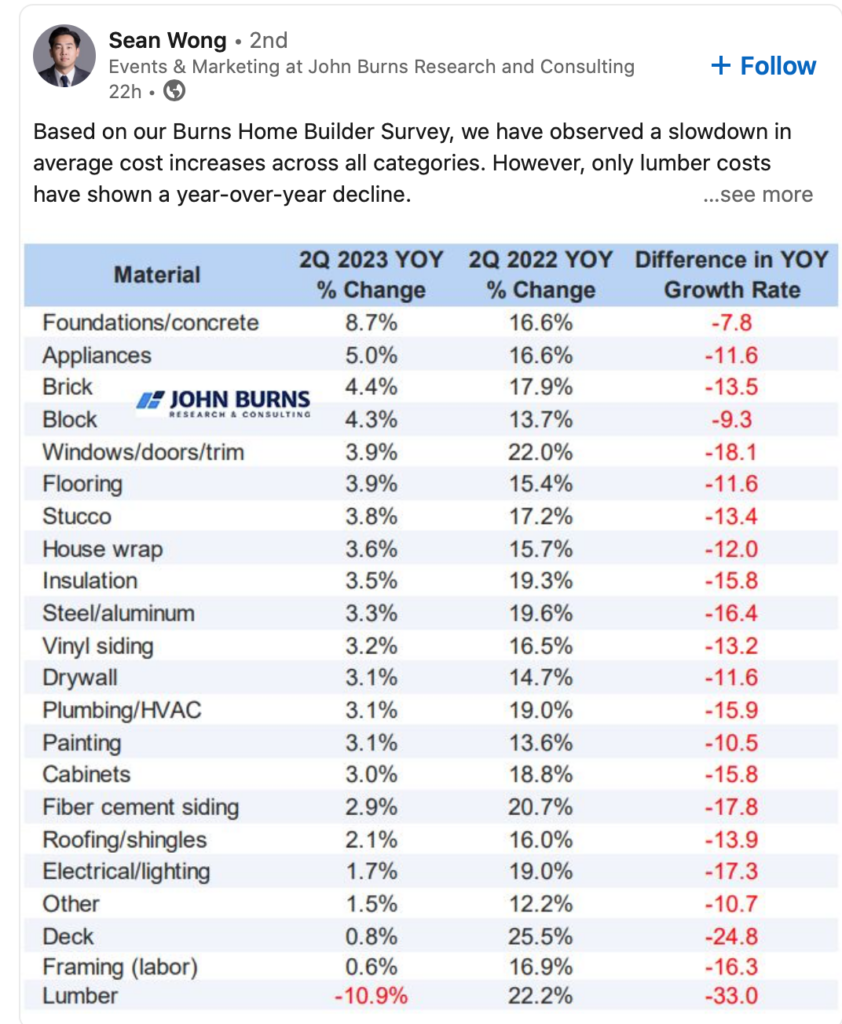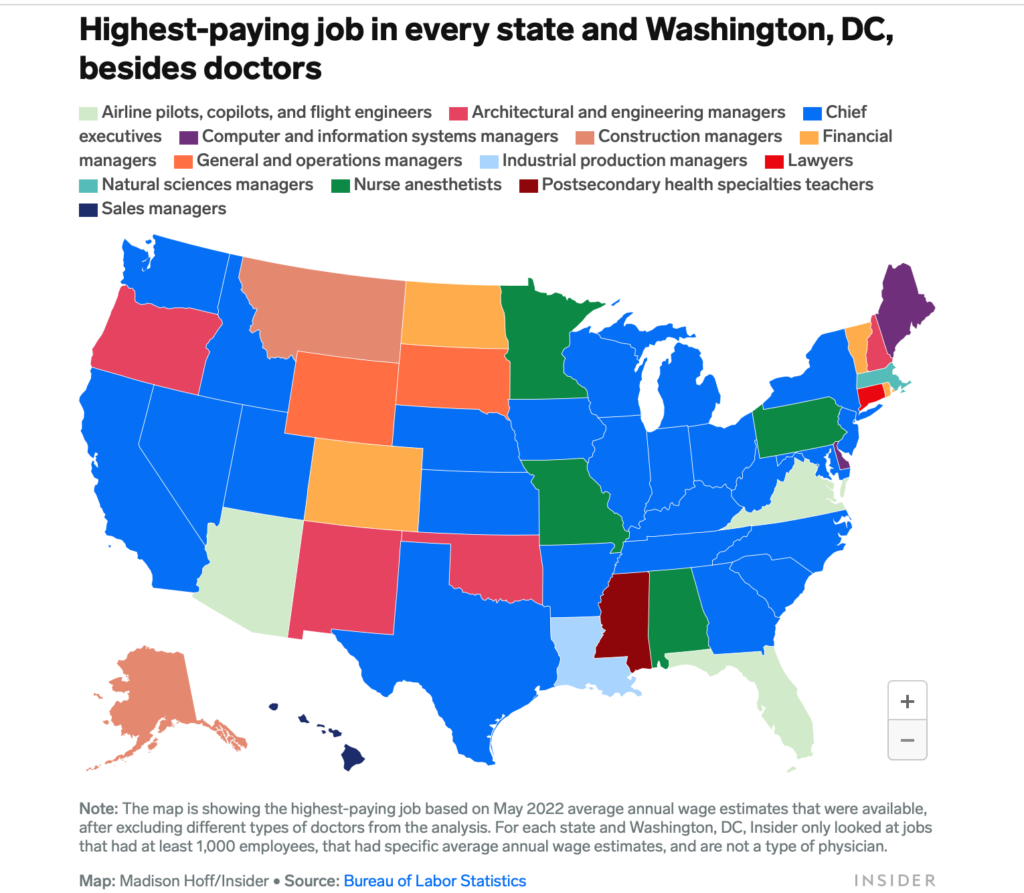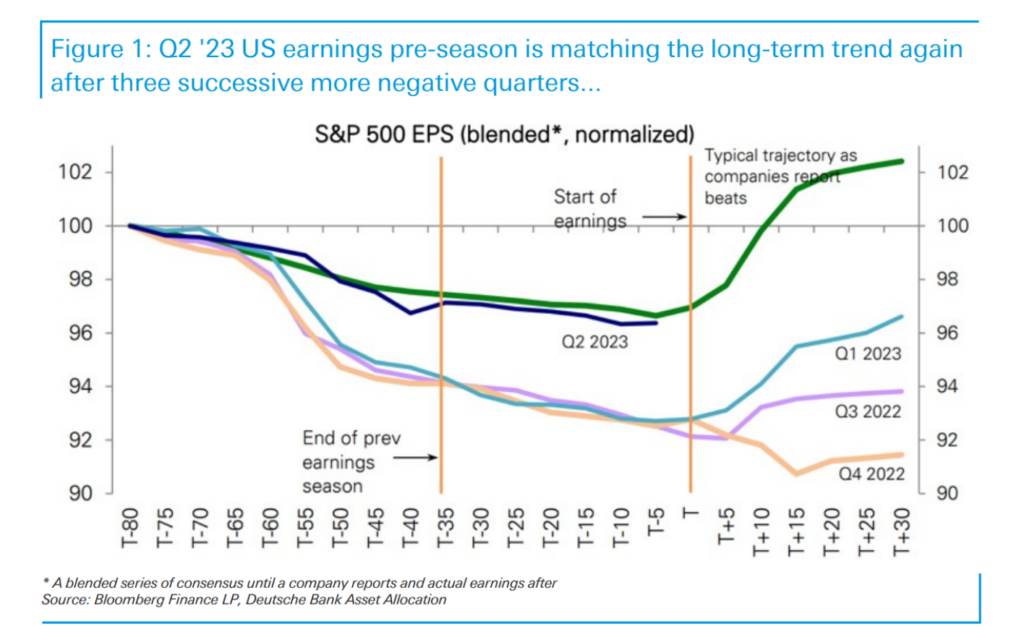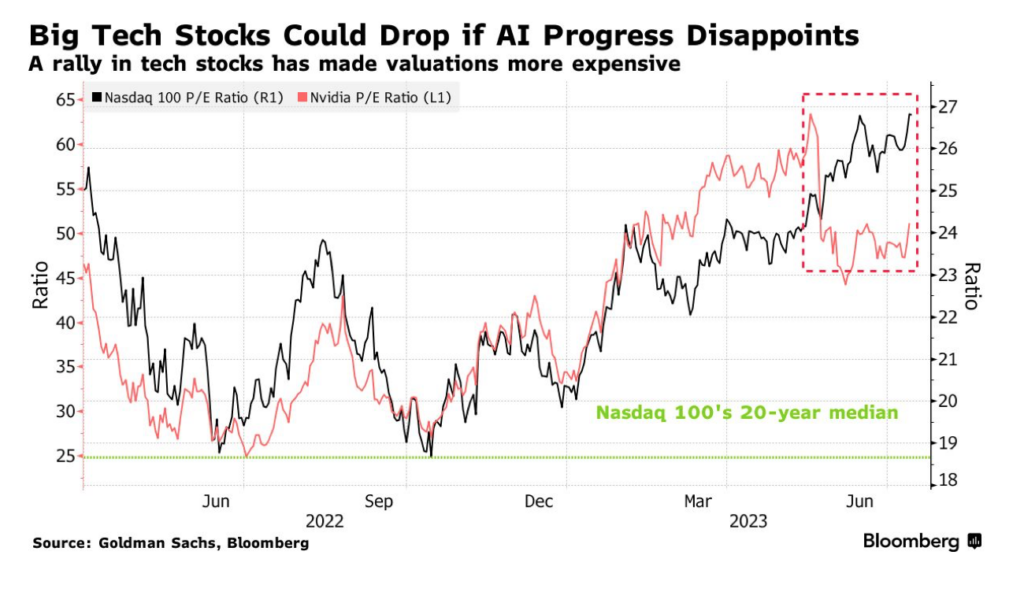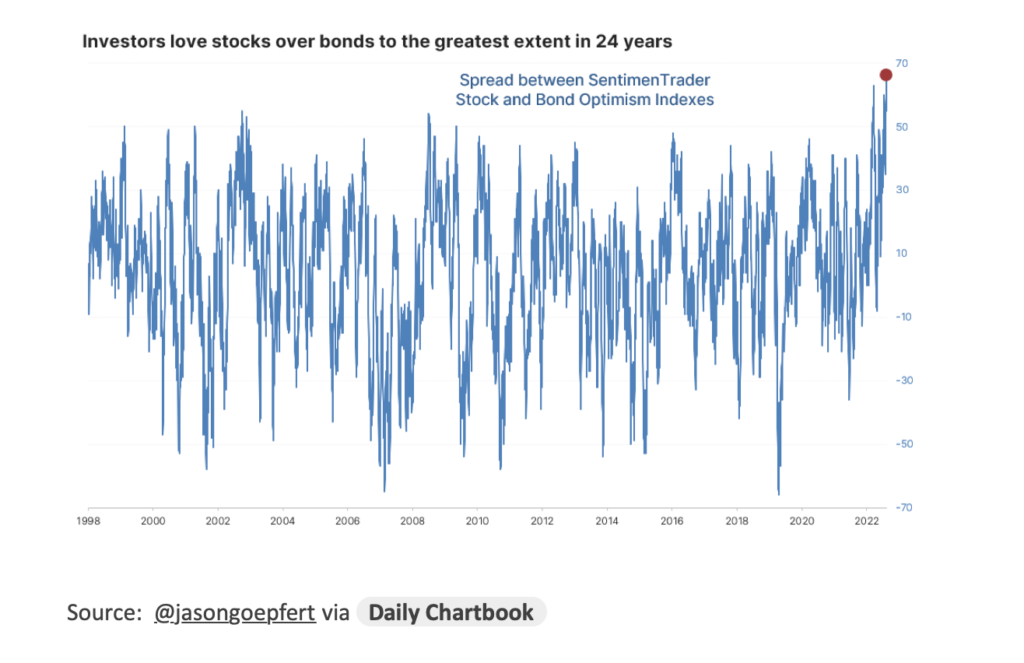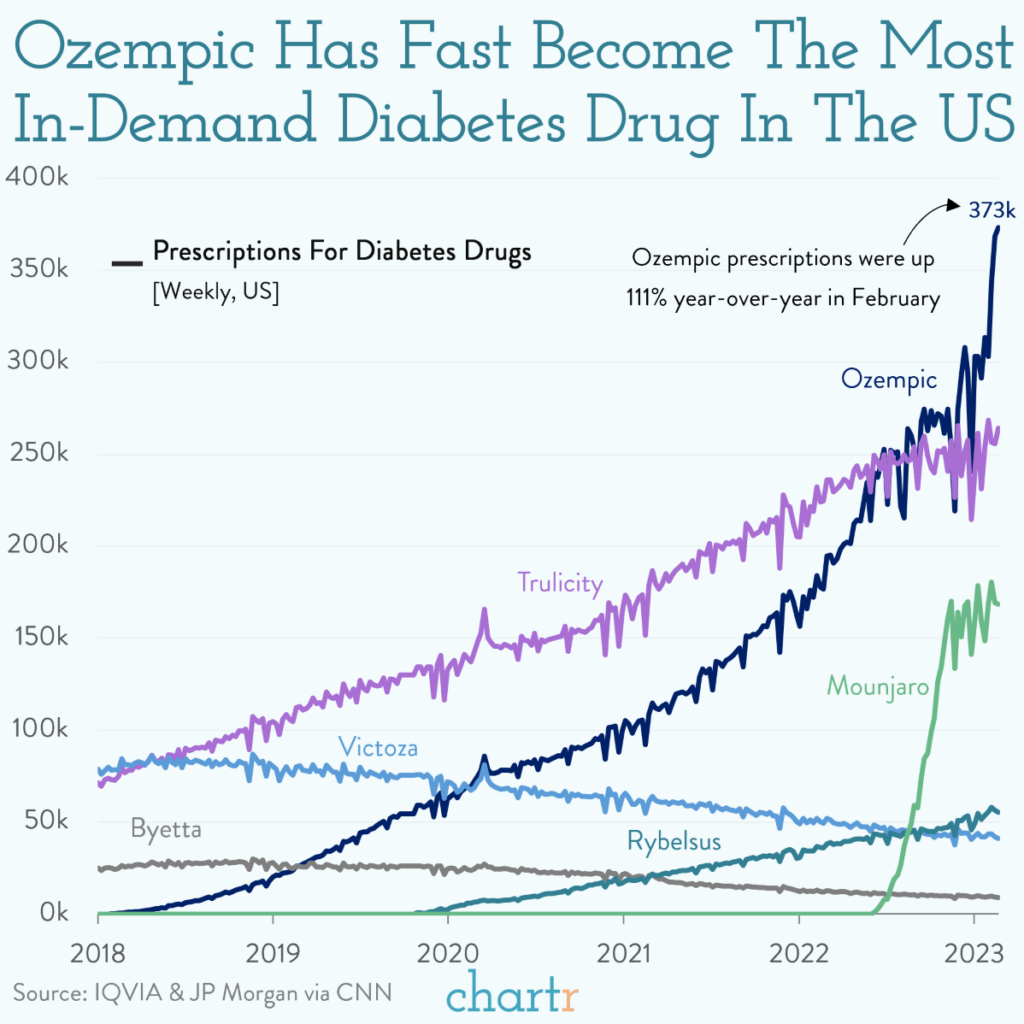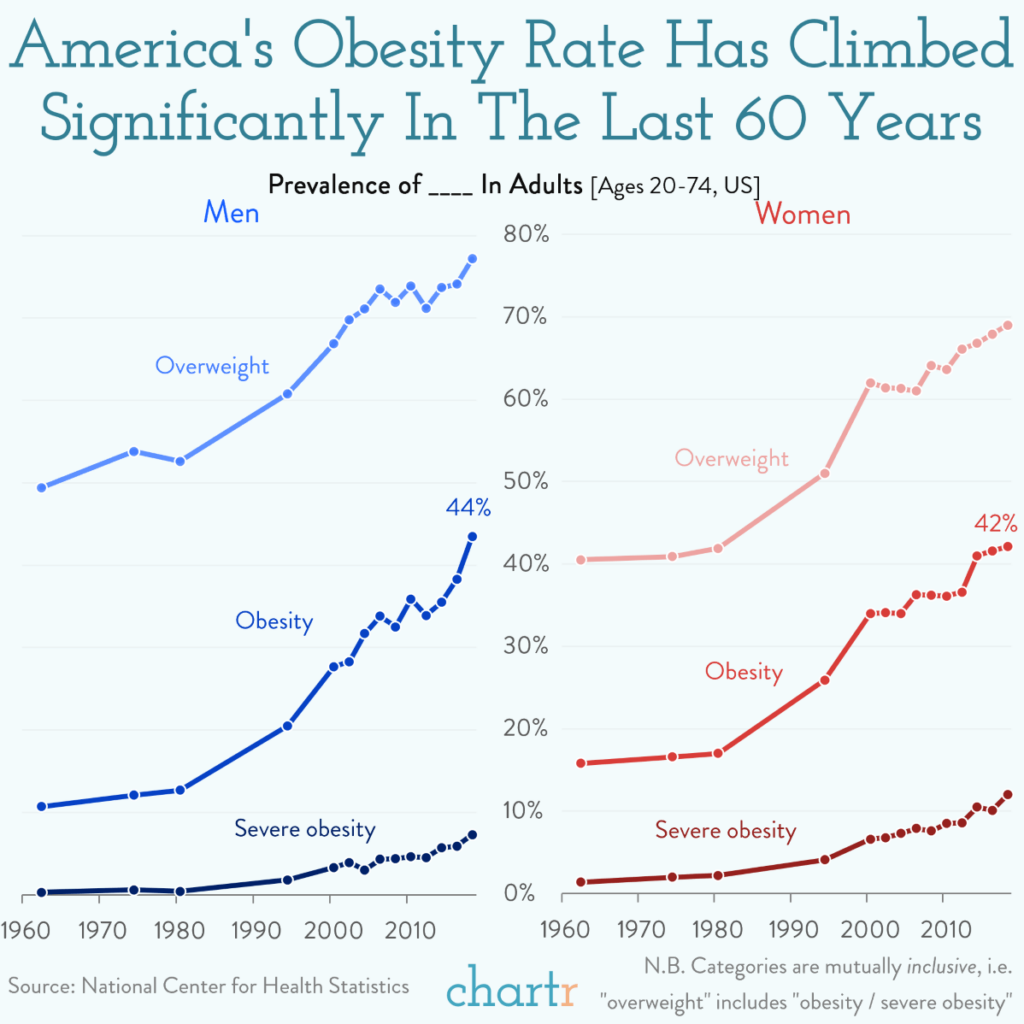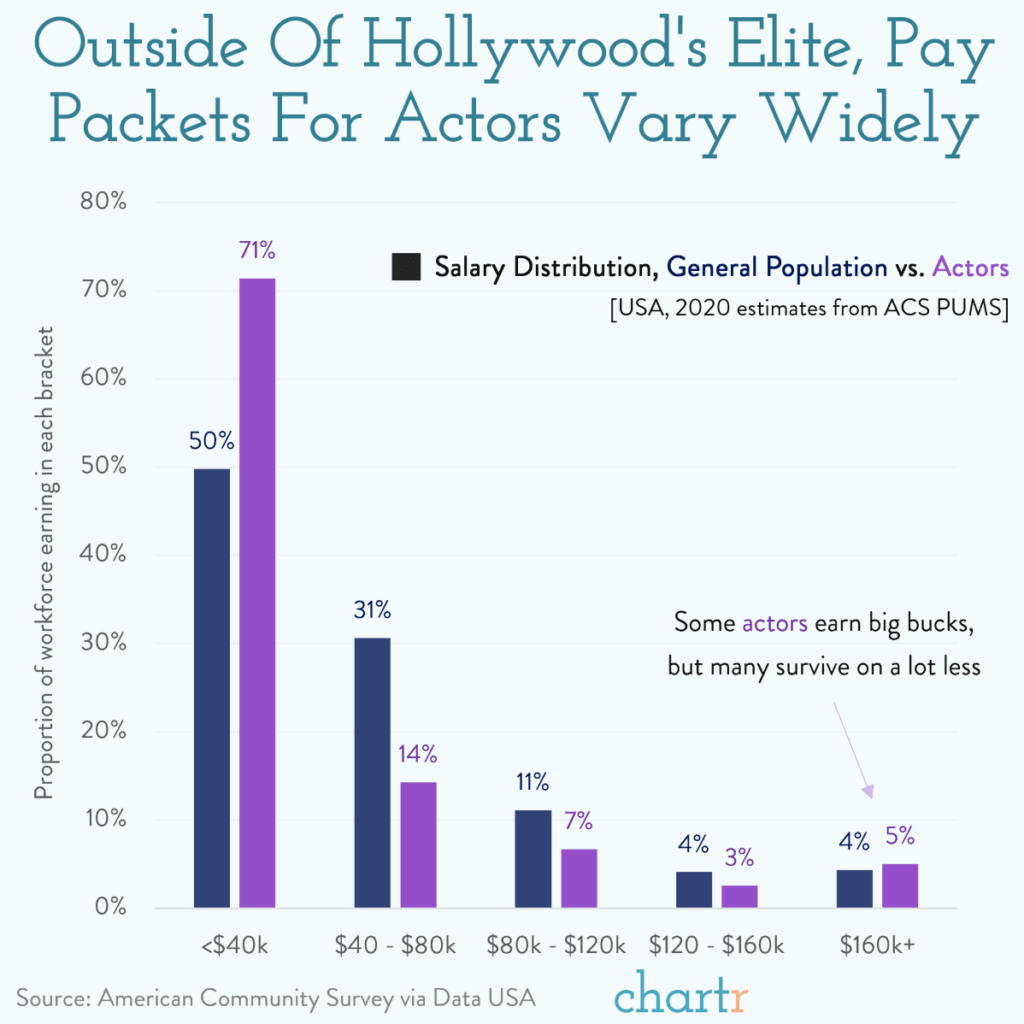1. Did the Market Experience a Non-Recissionary Bear Market?
Ben Carlson Blog

https://awealthofcommonsense.com/2023/07/a-textbook-non-recessionary-bear-market/
2. 80% of S&P Reporting Earnings by August 4th
JP Morgan Private Wealth.

3. Companies that Beat Earnings So Far are Not Rallying

4. S&P Equal Weight Outperforms Cap Weigh S&P for Last Month
Cap Weight S&P Dominated this Year Up Until Last Month…RSP Equal Weight +6.9% vs. SPY +5.2%

5. Nasdaq 100 Free Cash Flow Yield is the Lowest in 20 Years
Bloomberg by Ryan VlastelicaThe Nasdaq 100 Index closed with a free cash flow yield of 2.41% on Monday, near its lowest level in more than 20 years, and down from a 2022 peak of nearly 4.2%. The drop in this metric comes amid a gain of more than 40% in the tech-heavy benchmark this year.

6. Commodities Rallying for First Time in 2023
$CRB commodity index held low for 3rd time this year.

7. Europe Right on Previous Highs…No Breakout Yet

8. Industries with the Most Distressed Debt

Found at Barry Ritholtz Blog
9. 40 Out of 50 Hydrocarbon Discoveries Since 2010 are Offshore
WSJ By Bob Henderson

10. Hiring Employees with Emotional Intelligence Is a Game Changer for Company Culture—Here’s Why
By Em Cassel Success.com
About a decade ago, Google launched an initiative to determine what makes the perfect team.
“Code-named Project Aristotle—a tribute to Aristotle’s quote, ‘the whole is greater than the sum of its parts,’” according to re:Work, the initiative studied 180 teams company-wide to determine why some succeeded and others floundered.
It wasn’t easy. A data-driven company to its core, Google researchers initially struggled to find connections between the teams that were thriving. Some of the best teams were full of friends who saw one another outside of work; others, The New York Times reported, “were made up of people who were basically strangers away from the conference room.”
Over the course of several years, unexpected findings emerged from Project Aristotle. The best teams didn’t have the smartest people or even the hardest workers—among other characteristics, such as dependability and clear goals, they were teams where members listened to one another, respected each other and felt safe to take risks. They were teams where everyone felt “psychologically safe.” In other words? They were teams where members had a high emotional intelligence.
The importance of emotional intelligence at work
Emotional intelligence, also known as EQ or emotional quotient, is just what it sounds like: the ability to understand and manage your emotions, and the emotions of people around you.
“The simple way to think about emotional intelligence is being smarter with feelings,” Joshua Freedman, co-founder and CEO of the EQ network Six Seconds, explains. Everyone has feelings, of course—emotional intelligence is about accessing and interpreting those feelings. “We can be smarter and say, ‘Alright, let me assess and understand this,’” Freedman says. “‘Let me accurately get this data. And use this data to help me solve problems.’”
In the workplace, a high EQ is more important in some roles than others. Victoria Neal, an HR knowledge adviser with the Society for Human Resource Management, says it’s especially necessary in management and leadership roles. “Who do you want to work for? Do you want to work for a manager that treats you compassionately, who listens to your ideas, values you as a coworker and colleague?” she asks, rhetorically. It’s a no-brainer—of course people prefer to work with someone who cares about them, takes their feelings into account and manages their own emotions rather than resorting to yelling or finger-pointing.
But it’s also important in other interpersonal roles where teamwork, communication and group problem-solving are key. “Essentially, the more relational and emotional complexity a role has, the more you need emotional intelligence,” Freedman says. Positions in sales, for example, require a high level of self-motivation and resilience, and there’s an important relational aspect to the work, since those in sales need to interact and connect with people. Similarly, Freedman says that if you’re managing people remotely, or trying to instigate or support change, those roles require more emotional work and therefore higher EQ.
Many of the issues we may run into in the workplace, both day-to-day and long-term, are, at their core, emotional: motivating ourselves and others, collaborating across boundaries, approaching and solving problems we haven’t solved before, fostering innovation, connecting with customers, etc. “And what we know from research is that… the more of these skills people bring to the workplace, the more effective they are individually, the better teams perform and, particularly for managers, the greater engagement and performance they create in their teams,” Freedman says.
How to determine emotional intelligence during the hiring interview
While these skills can be taught—“we have a lot of evidence that shows that,” Freedman notes—not all organizations may have the resources to take that on. That makes it important to hire employees who already have strong emotional intelligence.
So how do you make finding these workers a key part of your hiring process?
Freedman says it starts with the job description, where you should be thinking about how emotional intelligence fits into your organization, your culture and the specific role. “I think that’s really important in terms of who you’re attracting to begin with,” he says.
Ask behavioral questions
During the interviewing process, Neal recommends asking behavioral interview questions such as, “What do you think makes an ideal coworker?” or “Tell me about a time you were challenged at work, and how you overcame it.” She encourages interviewers to ask tough questions about failure, rejection and conflict—ask about a time a project failed, for example, or when a team member wasn’t doing their part. How did they handle it? Do they own their weaknesses?
“If something bad happens—that’s not really what they’re evaluating somebody on,” Neal says. Instead, you want them to talk about the next step after that: Okay, this went badly, so how did they fix it? “Make it behavioral, make it open-ended and then really delve in there and ask follow-up questions,” she continues.
Assign an EQ assessment
In addition to the interview, Freedman recommends having prospective employees take an EQ assessment. “You absolutely can ask questions about the kind of emotional domain—things like resilience and optimism, and situations you may have found emotionally challenging or stressful, and listen for how candidates respond to that,” Freedman says. “And you’re not going to be as accurate as an assessment.”
Incorporate EQ in your talent strategy and company culture
Freedman also encourages companies to think about emotional intelligence in the whole process of their talent pathway, not just at the interview stage. “If you really want the benefits, selection is a great step—and it should be part of the larger talent strategy,” he says. It’s something to consider across the spectrum of talent at your organization, from who you’re recruiting and how you do your selection all the way up to how you build your culture and assess performance.
Neal agrees: Getting the most out of EQ requires a holistic approach. Yes, it’s great to focus on EQ in new candidates. But if you hire someone with a high EQ who’s then being managed by someone with a lower EQ… well, you can start to see how conflicts might emerge, and you might find yourself interviewing new people for the position you just filled.
She encourages hiring managers to not be dazzled by the technical skills and work experience of a potential employee—or at least, not to be so dazzled by those factors that they ignore the importance of EQ. Because, sure, maybe that candidate is incredible at what they do. But if they’re driving your team away, or they can’t maintain a team or deal with colleagues, you’ll have to contend with financial and cultural costs associated with constantly changing team members and dealing with workplace conflict issues.
“Your leadership needs to guide people; your senior leadership needs to establish the culture within the company,” Neal says. “If the culture isn’t collaborative or inclusive, and you get the opposite… you’re not going to get your best out of people, and people aren’t going to want to stay. That’s where you start getting the revolving door, as a hiring manager.”
Make emotional intelligence part of your core strategy
Luckily, you don’t have to do it all at once. The important thing is that you make a concerted, company-wide, continued effort to emphasize emotional intelligence. “A lot of organizations think, ‘Oh, we should do something on emotional intelligence,’ and they kind of treat it like a checked box,” Freedman says. “If you want the value, really look at the business case for your organization and get aligned on: How is this part of your competitive advantage? How is this part of your value creation?”
“We’re not just saying, ‘This is something we should add into the mix,’” he adds. “This is part of the core strategy of how we protect ourselves, stand out in the marketplace and deliver value to our stakeholders.”
Neal notes that there are roles out there for people who may have a lower emotional intelligence. “Culturally, EQ is really important, but I think there [are] jobs where it is not as critical as, say, leadership roles or team roles,” she says. These positions tend to be more individual or independent; roles where there’s less need to interact with others. Engineering, computer science, product testing, data entry—depending on the specific requirements of the job, all of these fields (and plenty more) can work just fine for employees with a lower EQ.
And if you’re reading this as a candidate and wondering if you can work on your EQ, Freedman says the answer is: “Absolutely.”
“I think taking your own emotional intelligence assessment, really looking at where you are in these capabilities and setting your own growth plan in place, is probably a good idea as you’re thinking about your career progression,” he says. “We see that there’s a pretty strong correlation between emotional intelligence and career level, so if you want to become a senior manager, this is going to be really important stuff.”
https://www.success.com/hiring-employees-with-emotional-intelligence/
